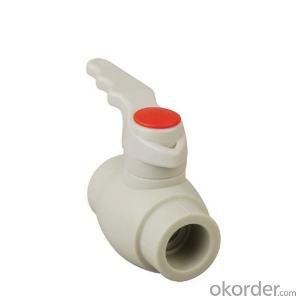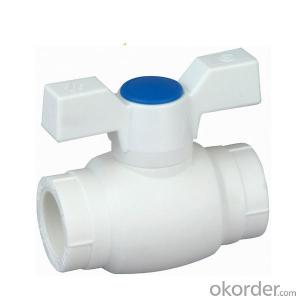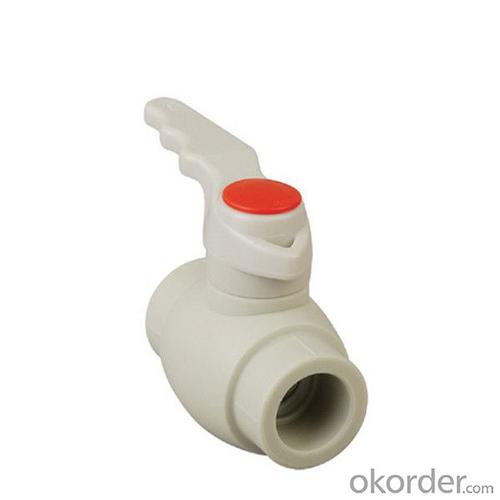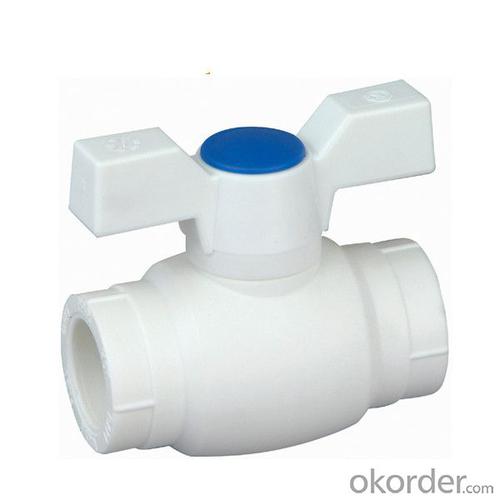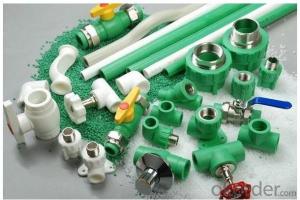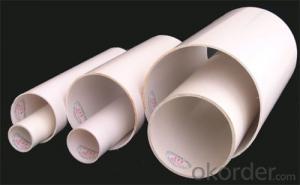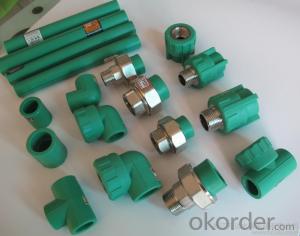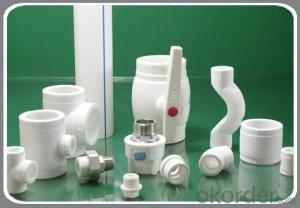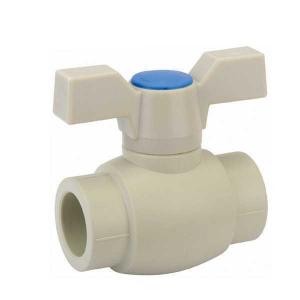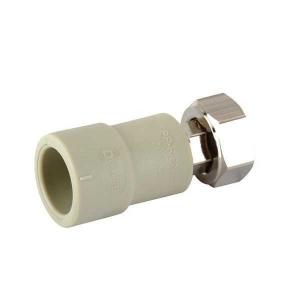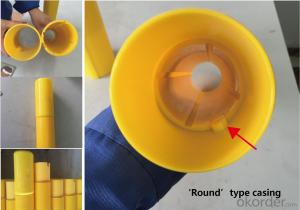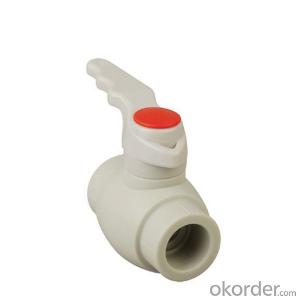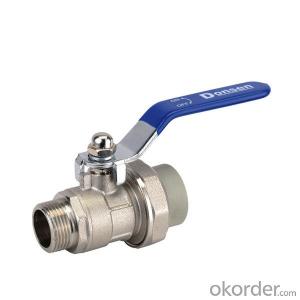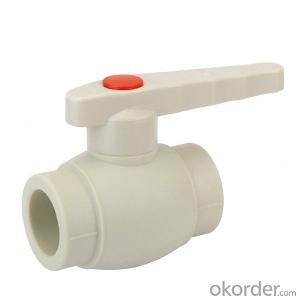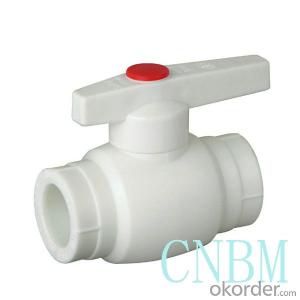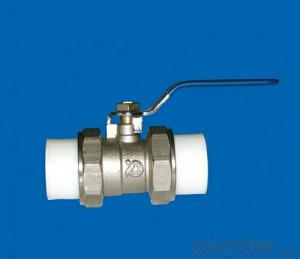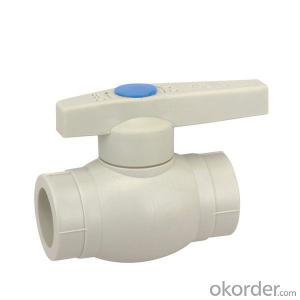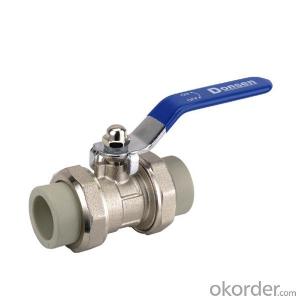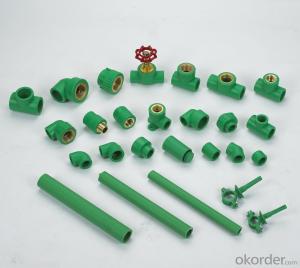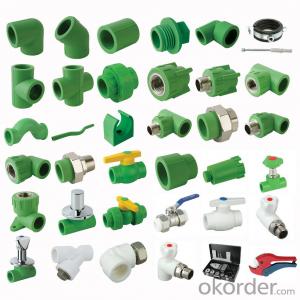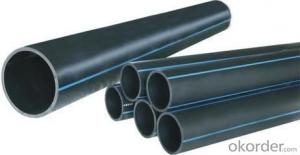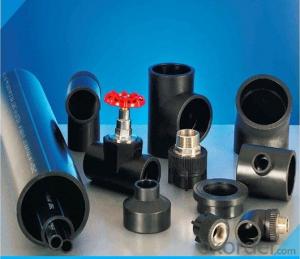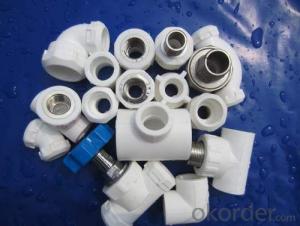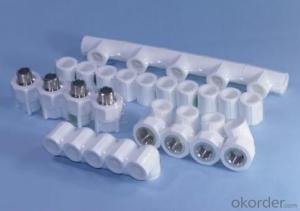Plastic Water Pipe Fittings PPR Ball Valve for Industrial and Agricultural Fields from China 2024
- Loading Port:
- Tianjin
- Payment Terms:
- TT OR LC
- Min Order Qty:
- 1000 pc
- Supply Capability:
- 100000 pc/month
OKorder Service Pledge
OKorder Financial Service
You Might Also Like
Product Overview
1) Cold / hot water supply facilities for public buildings
2) Food, chemical, electronic industry pipeline networks; Such as Pipeline networks for transporting all kinds of corrosive liquids
3) Drinking water production system pipeline networks; Such as Pure water and mineral water
4) Air conditioning facility pipelines
5) Compressed gas pipeline networks for industry
6) Pipeline networks for swimming pools
7) Pipeline networks for solar energy facilities
8) Agriculture and garden production transporting systems
Application
1) Cold and hot water systems of residence and commercial buildings
2) Transportation of industrial water supply and chemical materials
3) Pure water pipe system
4) Piping networks for rainwater utilization systems
5) Irrigation agriculture and horticulture systems
6) Transportation system of drinking water production
7) Piping networks for solar plants
8) Other pipes in industry
Product Description
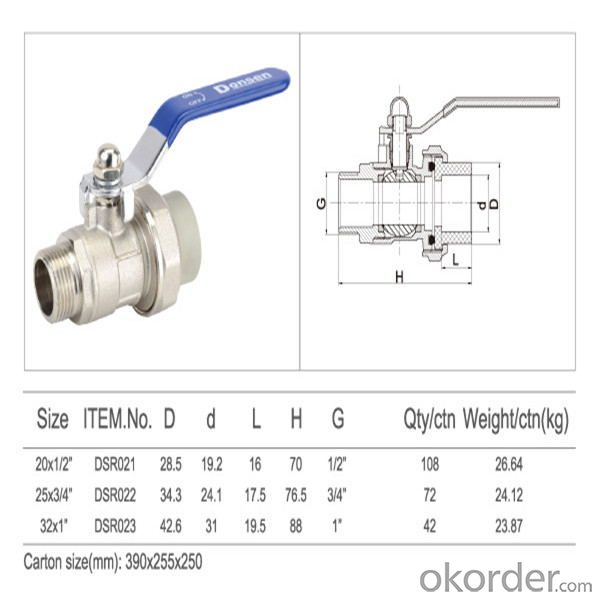
Product Show
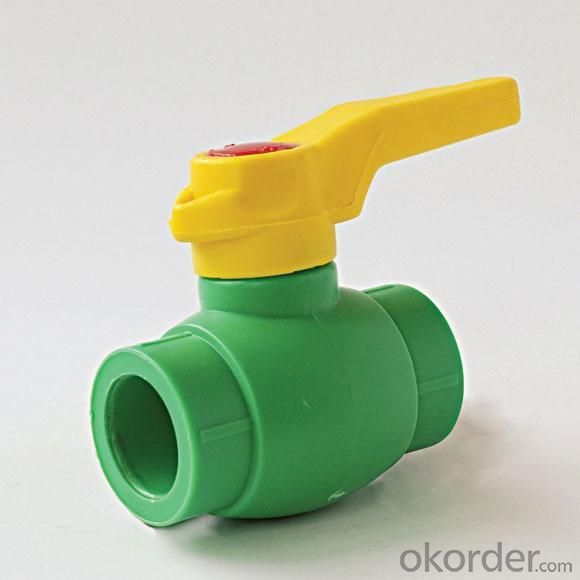
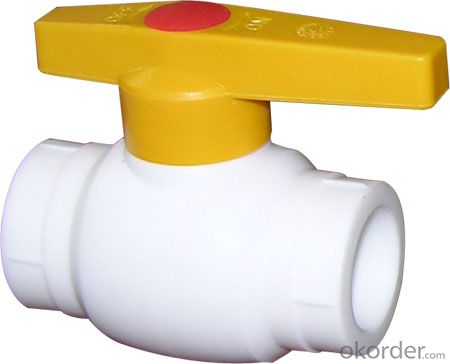
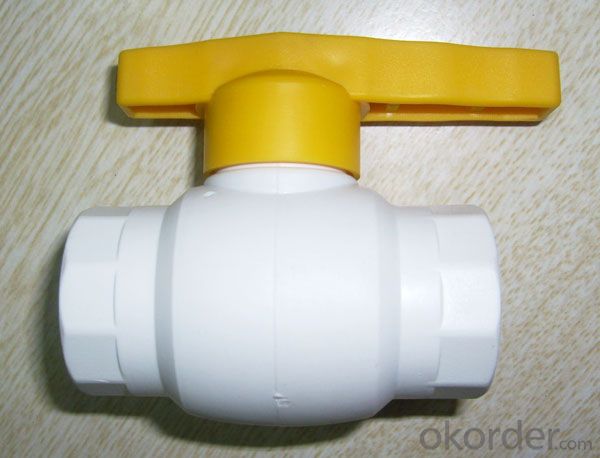
FAQ
Q1: How Can I Get A Sample?
A1: You can get samples by communicate with our export sales.
Q2: How Long Is Delivery?
A2: Delivery time will be30-45days according to order quantity.
Q3: What Is The MOQ?
A3: MOQ depends on different items.
Q4: What Is Our Normal Payments Terms?
A4: Our normal payment terms now is: T/T, L/C or western union, pay
- Q: What are the common failure modes of plastic pipe fittings?
- The common failure modes of plastic pipe fittings include cracking, leaking, warping, and degradation of material due to exposure to chemicals or extreme temperatures.
- Q: How do plastic pipe fittings compare to fiberglass fittings?
- Plastic pipe fittings and fiberglass fittings have their own advantages and disadvantages. Plastic fittings are generally more affordable and easy to install, but they may not be as durable or resistant to certain chemicals as fiberglass fittings. On the other hand, fiberglass fittings are known for their superior strength and resistance to corrosion, making them a preferred choice in harsh environments. Ultimately, the choice between plastic and fiberglass fittings depends on the specific application and the level of durability and chemical resistance required.
- Q: Are plastic pipe fittings environmentally friendly?
- Plastic pipe fittings are generally considered to be more environmentally friendly compared to other materials such as metal or concrete. They are lightweight, durable, and have a longer lifespan, reducing the need for frequent replacements. Additionally, plastic pipe fittings are resistant to corrosion and chemical damage, which can decrease the likelihood of leaks and subsequent water wastage. However, it is important to note that plastic pipe fittings can still have negative environmental impacts if not properly disposed of or recycled.
- Q: Are plastic pipe fittings suitable for fire sprinkler systems?
- No, plastic pipe fittings are not suitable for fire sprinkler systems. Fire sprinkler systems require materials that are heat resistant and can withstand high pressure, which plastic fittings may not be able to handle. Metal fittings, such as those made of brass or steel, are more commonly used in fire sprinkler systems to ensure reliability and safety.
- Q: How do plastic pipe fittings compare to polyvinylidene fluoride (PVDF) fittings?
- Plastic pipe fittings, in general, offer a wide range of options and materials suitable for different applications. Polyvinylidene fluoride (PVDF) fittings, on the other hand, are a specific type of plastic fitting known for their excellent chemical resistance and high temperature tolerance. PVDF fittings are often preferred in demanding industrial or chemical environments where resistance to corrosion, abrasion, and high temperatures is crucial. While plastic pipe fittings may be more versatile, PVDF fittings are specifically designed for extreme conditions, making them a superior choice in certain specialized applications.
- Q: How do you remove plastic pipe fittings?
- To remove plastic pipe fittings, you can follow these steps: 1. First, turn off the water supply to the pipe you are working on. This will prevent any leaks or water damage during the removal process. 2. Use a pair of pliers or a wrench to loosen the fitting. Grip the fitting firmly and rotate it counterclockwise to loosen it. If the fitting is stuck or too tight, you can use a pipe wrench or adjustable spanner for more leverage. 3. Once the fitting is sufficiently loosened, you can try pulling it straight off the pipe. If it doesn't come off easily, you can use a pipe cutter or hacksaw to carefully cut the plastic pipe just above the fitting. This will allow you to remove the fitting without damaging the rest of the pipe. 4. After removing the fitting, inspect the pipe for any damage or debris. Clean the pipe and fitting ends thoroughly before installing a new fitting. Remember to take necessary precautions, such as wearing gloves and eye protection, as you work with tools and potentially sharp edges.
- Q: How do plastic pipe fittings handle freeze-thaw cycles?
- Plastic pipe fittings are generally designed to be resilient and can withstand freeze-thaw cycles without significant damage. The material used in plastic pipe fittings is known to have good flexibility and can expand and contract with temperature changes, reducing the risk of cracking or bursting. However, it is still important to ensure proper insulation and installation to minimize any potential issues during extreme freeze-thaw conditions.
- Q: Do plastic pipe fittings expand and contract with temperature changes?
- Yes, plastic pipe fittings do expand and contract with temperature changes.
- Q: Can plastic pipe fittings be used in water fountain systems?
- Yes, plastic pipe fittings can be used in water fountain systems. Plastic pipe fittings are commonly used due to their durability, affordability, and resistance to corrosion. They are also lightweight and easy to install, making them suitable for various applications, including water fountain systems. However, it is important to ensure that the plastic pipe fittings are designed for water use and comply with relevant plumbing codes and regulations to ensure proper functionality and safety.
- Q: Can plastic pipe fittings be used for power plant cooling systems?
- Yes, plastic pipe fittings can be used for power plant cooling systems.
Send your message to us
Plastic Water Pipe Fittings PPR Ball Valve for Industrial and Agricultural Fields from China 2024
- Loading Port:
- Tianjin
- Payment Terms:
- TT OR LC
- Min Order Qty:
- 1000 pc
- Supply Capability:
- 100000 pc/month
OKorder Service Pledge
OKorder Financial Service
Similar products
Hot products
Hot Searches
Related keywords
